컬렉션: Artek
The name Artek has always evoked a design icon rather than a company. And it couldn't be otherwise, since the founder, Alvar Aalto, was one of the pioneers of Scandinavian design. Founded in 1935 to create and promote the furniture designed by the Finnish architect, Artek soon transformed its mission, thanks to the contributions of the other three partners, Aino Aalto, Maire Gullichsen and Nils-Gustav Hahl. The manifesto, drawn up by the members of the company, declared the intention to produce objects that integrate art and technology, as the name itself evokes. Artek has always favoured the use of natural materials, starting with wood, the raw material that is the foundation of Alvar Aalto's work. From the master's experiments on curved wood and solid wood joints come objects with a fluid and organic line, characterized by an extraordinary durability over time. Stools, armchairs, tables and indestructible chairs, made in 1930, are still in use today, and the minimalist design makes them suitable for any location, from residential to public facilities. Artek's objects have always been mass produced, according to the philosophy of the Modern Movement, and finished by hand by skilled craftsmen. Production is mostly concentrated in the Turku plant in Finland, where carpenters, who specialise in manual birch bending, glulam, plywood and veneers and lacquering, produce the finished parts without the help of intermediaries.
The timeless Artek furniture created by Alvar Aalto
As you can easily imagine, a large part of the Artek catalogue is dedicated to Alvar Aalto's creations, still today true best sellers. The main feature of Aalto's work is the presence of standardized individual elements that recur in different collections, such as the so-called L-leg, or the flexuous structures for the armchairs. These elements are made of strong and flexible bent birch plywood, whose process has been patented by the master. The L-leg collection includes the timeless Stool 60, designed in 1933, consisting of three legs and a round solid birch wood seat. Stool 60 can be stacked infinitely and is available with natural or walnut, honey or black lacquered legs, while the seat is available in various colours. The Children's Stool NE60d version is included in the children's furniture range. The 90D coffee table follows the same shapes as the stool, while the Aalto Round Table, with 4 L-leg, paved the way for the design of a modular table system, composed of the Aalto rectangular Table, Aalto square Table and Aalto half-round Table versions.Armchair 42 and Armchair 41 Pamio are revolutionary objects that solve the problem of the connection between vertical and horizontal elements, with a flexuous structure in folded birch plywood that supports the seat without the need for frames or crosspieces.
The Artek collections signed by Ilmari Tapiovaara
In the fifties the award-winning Finnish designer Ilmari Tapiovaara worked assiduously with Artek, contributing to enrich the catalogue with extraordinary pieces, first and foremost the Domus Chair. Designed in 1946, this award-winning chair is now known as the "Finnish chair". Made for a student residence, the Domus chair is ergonomic and suitable for prolonged sitting. Built with a combination of solid wood and plywood, it is characterized by small armrests, which offer greater comfort, while allowing you to store the chair near the table and save space. Domus Chair is also available with a backrest and seat upholstered in leather or fabric. The Mademoiselle collection of armchairs and rocking chairs is another world best seller. Inspired by traditional Finnish chairs, Mademoiselle is made of solid birch wood lacquered in black or white, and features a slatted backrest and slightly rounded seat. The Kiki seating collection is a hymn to essentiality. Awarded the gold medal at the 1960 Triennale, where she was presented, Kiki is composed of a two-seater sofa, an armchair, a bench, a pouf and a coffee table, and is characterized by a black lacquered tubular steel structure with an unusual oval section. The seat and backrest are composed of square-shaped upholstered cushions, and are upholstered in leather or fabric.The recent proposals Artek, among new talents and old glories
Faithful to its values, Artek continues to produce functional design objects that combine art and technology, developing collaborations with numerous designers and artists. The eclectic and award-winning Ronan & Erwan Bouroullec brothers have designed the Kaari collection for Artek, a shelf system coordinated with tables and accessories. The bookcase is composed of solid oak brackets to be fixed to the wall, on which the shelves are fixed. The shelves are equipped with steel supports painted in black, characterized by a thin section and a fluid silhouette, a distinctive feature of the collection. We find the same curve supporting the Kaari round suspended shelf, the Kaari desk or console and the tables, available in rectangular, square and round versions. The latest arrival is the Rope chair which, as the name suggests, is built around a sea rope. The light and essential structure is made up of a tubular steel tube inside which the rope slides, which is left uncovered at the armrests and backrest. Rocket Bar Stool is the result of the creativity of Eero Aarnio, one of the pillars of Finnish design. Made entirely of solid oak, Rocket Bar Stool is a bar stool with a playful character, in natural wood or lacquered versions in different colours, and is also available in the Baby Rocket Stool version.-
AALTO 81C - Square wooden table
공급업체:Artek주문제작 유럽도매가 해상운송 6개월~지금 이 가격은 배송비와 세금이 빠진 금액입니다. 최종 가격은 결제 화면에서 주소지를 입력한 뒤에 확인 가능합니다.정가 ₩1,163,000 KRW정가₩2,083,000 KRW할인가 ₩1,163,000 KRW할인 -
AALTO 90A - Round wooden table
공급업체:Artek주문제작 유럽도매가 해상운송 6개월~지금 이 가격은 배송비와 세금이 빠진 금액입니다. 최종 가격은 결제 화면에서 주소지를 입력한 뒤에 확인 가능합니다.정가 ₩1,572,000 KRW정가₩2,815,000 KRW할인가 ₩1,572,000 KRW할인 -

 할인
할인Cabinet 250
공급업체:Artek주문제작 유럽도매가 해상운송 6개월~지금 이 가격은 배송비와 세금이 빠진 금액입니다. 최종 가격은 결제 화면에서 주소지를 입력한 뒤에 확인 가능합니다.정가 ₩3,619,000 KRW정가₩6,482,000 KRW할인가 ₩3,619,000 KRW할인 -
Wall Light A910
공급업체:Artek주문제작 유럽도매가 국제택배 3개월~지금 이 가격은 배송비와 세금이 빠진 금액입니다. 최종 가격은 결제 화면에서 주소지를 입력한 뒤에 확인 가능합니다.정가 ₩968,000 KRW정가₩1,567,000 KRW할인가 ₩968,000 KRW할인 -
[국내재고/B급] Domus Chair / Frame-Birch Natural Lacquered
공급업체:Artek국내보유 국내 최저가 B급 2주 이내지금 이 가격은 배송비와 세금이 빠진 금액입니다. 최종 가격은 결제 화면에서 주소지를 입력한 뒤에 확인 가능합니다.정가 ₩972,000 KRW정가₩2,288,000 KRW할인가 ₩972,000 KRW할인 -
AALTO 83 - Rectangular wooden table
공급업체:Artek주문제작 유럽도매가 해상운송 6개월~지금 이 가격은 배송비와 세금이 빠진 금액입니다. 최종 가격은 결제 화면에서 주소지를 입력한 뒤에 확인 가능합니다.정가 ₩2,845,000 KRW정가₩5,096,000 KRW할인가 ₩2,845,000 KRW할인 -
AALTO 91 - Round wooden table
공급업체:Artek주문제작 유럽도매가 해상운송 6개월~지금 이 가격은 배송비와 세금이 빠진 금액입니다. 최종 가격은 결제 화면에서 주소지를 입력한 뒤에 확인 가능합니다.정가 ₩2,630,000 KRW정가₩4,711,000 KRW할인가 ₩2,630,000 KRW할인 -
AALTO 81B - Rectangular wooden table
공급업체:Artek주문제작 유럽도매가 해상운송 6개월~지금 이 가격은 배송비와 세금이 빠진 금액입니다. 최종 가격은 결제 화면에서 주소지를 입력한 뒤에 확인 가능합니다.정가 ₩1,505,000 KRW정가₩2,695,000 KRW할인가 ₩1,505,000 KRW할인 -
Screen 100 - Pine Screen
공급업체:Artek주문제작 유럽도매가 해상운송 6개월~지금 이 가격은 배송비와 세금이 빠진 금액입니다. 최종 가격은 결제 화면에서 주소지를 입력한 뒤에 확인 가능합니다.정가 ₩3,224,000 KRW정가₩5,775,000 KRW할인가 ₩3,224,000 KRW할인 -
ROCKET - Wooden bar stool
공급업체:Artek주문제작 유럽도매가 해상운송 6개월~지금 이 가격은 배송비와 세금이 빠진 금액입니다. 최종 가격은 결제 화면에서 주소지를 입력한 뒤에 확인 가능합니다.정가 ₩587,000 KRW정가₩1,051,000 KRW할인가 ₩587,000 KRW할인 -
[국내재고/B급] AALTO 90B - Round wooden table / Top-Black Linoleum
공급업체:Artek국내보유 국내 최저가 2주 이내지금 이 가격은 배송비와 세금이 빠진 금액입니다. 최종 가격은 결제 화면에서 주소지를 입력한 뒤에 확인 가능합니다.정가 ₩806,000 KRW정가₩2,087,000 KRW할인가 ₩806,000 KRW할인 -
KIKI SOFA 2/3 seater
공급업체:Artek주문제작 유럽도매가 해상운송 6개월~지금 이 가격은 배송비와 세금이 빠진 금액입니다. 최종 가격은 결제 화면에서 주소지를 입력한 뒤에 확인 가능합니다.정가 ₩3,089,000 KRW에서정가₩5,533,000 KRW할인가 ₩3,089,000 KRW에서할인 -
710 - Sofa bed
공급업체:Artek주문제작 유럽도매가 해상운송 6개월~지금 이 가격은 배송비와 세금이 빠진 금액입니다. 최종 가격은 결제 화면에서 주소지를 입력한 뒤에 확인 가능합니다.정가 ₩1,485,000 KRW에서정가₩2,660,000 KRW할인가 ₩1,485,000 KRW에서할인 -
KARUSELLI - Leather armchair
공급업체:Artek주문제작 유럽도매가 해상운송 6개월~지금 이 가격은 배송비와 세금이 빠진 금액입니다. 최종 가격은 결제 화면에서 주소지를 입력한 뒤에 확인 가능합니다.정가 ₩12,428,000 KRW정가₩20,627,000 KRW할인가 ₩12,428,000 KRW할인 -
160 clothes tree (Request Info)
공급업체:Artek주문제작 유럽도매가 해상운송 6개월~지금 이 가격은 배송비와 세금이 빠진 금액입니다. 최종 가격은 결제 화면에서 주소지를 입력한 뒤에 확인 가능합니다.가격문의 -
[해외재고] JL 341 Pendant Lamp
공급업체:Artek즉시배송 유럽도매가 평균 2~3주지금 이 가격은 배송비와 세금이 빠진 금액입니다. 최종 가격은 결제 화면에서 주소지를 입력한 뒤에 확인 가능합니다.정가 ₩1,045,000 KRW정가₩1,924,000 KRW할인가 ₩1,045,000 KRW할인 -
[국내재고/B급] AALTO 90B - Round wooden table / Top-Black Linoleum
공급업체:Artek국내보유 국내 최저가 B급 2주 이내지금 이 가격은 배송비와 세금이 빠진 금액입니다. 최종 가격은 결제 화면에서 주소지를 입력한 뒤에 확인 가능합니다.정가 ₩806,000 KRW정가₩2,087,000 KRW할인가 ₩806,000 KRW할인 -
[국내재고/B급] A331 “BEEHIVE“ - Aluminium pendant lamp / 쉐이드-화이트 알루미늄 / 링-브라스
공급업체:Artek국내보유 국내 최저가 B급 2주 이내지금 이 가격은 배송비와 세금이 빠진 금액입니다. 최종 가격은 결제 화면에서 주소지를 입력한 뒤에 확인 가능합니다.정가 ₩1,303,000 KRW정가₩3,060,000 KRW할인가 ₩1,303,000 KRW할인 -
[국내재고] AALTO CHILDREN‘S TABLE ROUND 90A (H 60cm)
공급업체:Artek국내보유 국내 최저가 2주 이내지금 이 가격은 배송비와 세금이 빠진 금액입니다. 최종 가격은 결제 화면에서 주소지를 입력한 뒤에 확인 가능합니다.정가 ₩1,591,000 KRW정가₩2,992,000 KRW할인가 ₩1,591,000 KRW할인 -
AALTO CHILDREN‘S TABLE ROUND 90A (H 60cm)
공급업체:Artek주문제작 유럽도매가 해상운송 6개월~지금 이 가격은 배송비와 세금이 빠진 금액입니다. 최종 가격은 결제 화면에서 주소지를 입력한 뒤에 확인 가능합니다.정가 ₩1,572,000 KRW정가₩2,815,000 KRW할인가 ₩1,572,000 KRW할인


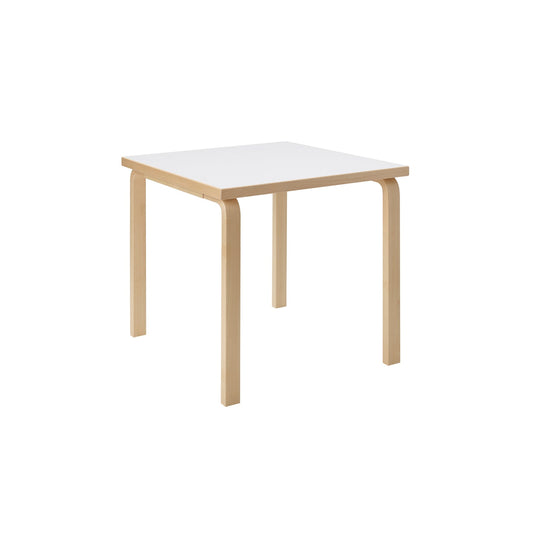

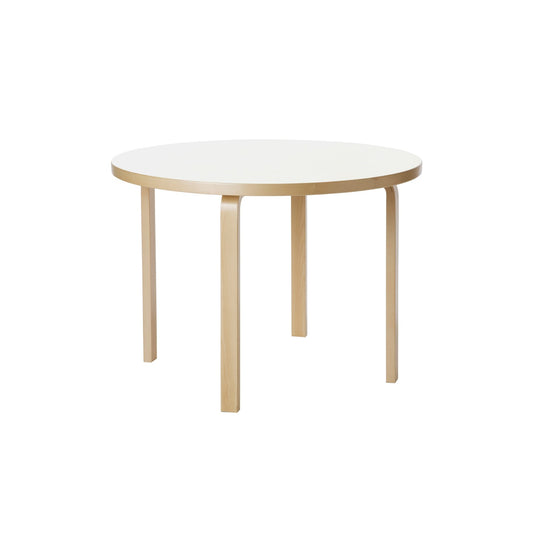



![[국내재고/B급] Domus Chair / Frame-Birch Natural Lacquered](http://trdst.com/cdn/shop/files/Domus-Chair-clear-lacquer-birch-1855896_c462e310-4907-4625-8ba1-f2ff4b19e50a.jpg?v=1759221336&width=533)
![[국내재고/B급] Domus Chair / Frame-Birch Natural Lacquered](http://trdst.com/cdn/shop/files/KakaoTalk_20251004_055316255.jpg?v=1759553715&width=533)








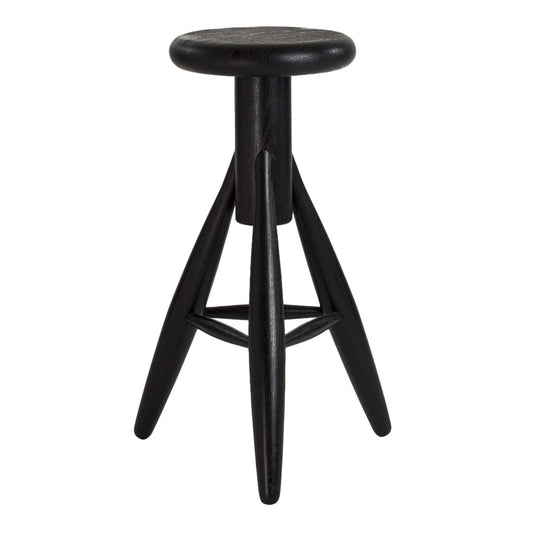
![[국내재고/B급] AALTO 90B - Round wooden table / Top-Black Linoleum](http://trdst.com/cdn/shop/files/Aalto-table-round-90B-clear-lacquer-top-black-linoleum_web_1440x.progressive_94a13ad6-5458-4a69-a8ac-3f113935f03d.jpg?v=1759221426&width=533)

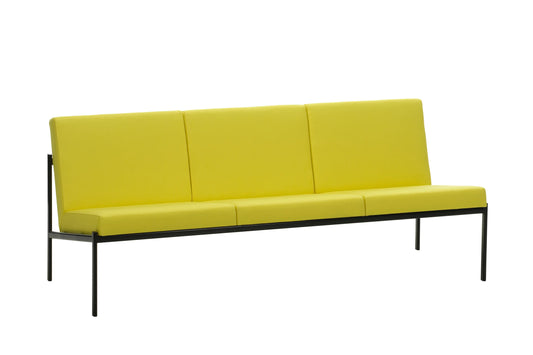


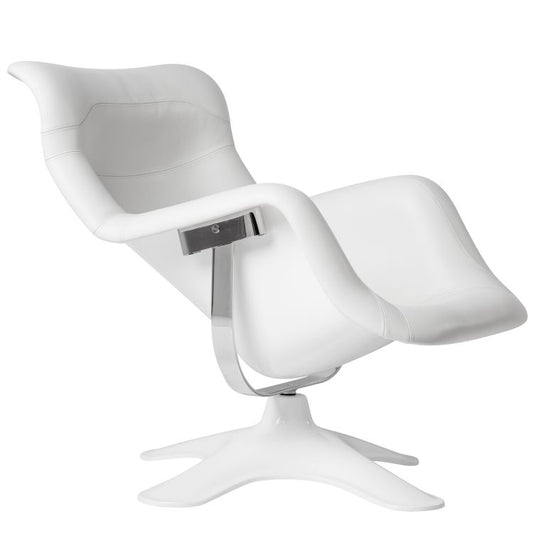

![[해외재고] JL 341 Pendant Lamp](http://trdst.com/cdn/shop/files/18128.jpg?v=1762265244&width=533)
![[국내재고/B급] AALTO 90B - Round wooden table / Top-Black Linoleum](http://trdst.com/cdn/shop/files/Aalto-table-round-90B-clear-lacquer-top-black-linoleum_web_1440x.progressive_b465dae4-7a03-419d-b46b-4a27bb0393ec.jpg?v=1759221251&width=533)
![[국내재고/B급] AALTO 90B - Round wooden table / Top-Black Linoleum](http://trdst.com/cdn/shop/files/20241126_184622.jpg?v=1759557072&width=533)
![[국내재고/B급] A331 “BEEHIVE“ - Aluminium pendant lamp / 쉐이드-화이트 알루미늄 / 링-브라스](http://trdst.com/cdn/shop/files/A331_Beehive_pendant_light_white_brass-5537172_97f16d9a-a6a5-44a8-9f07-fd5357cb12c2.jpg?v=1759221248&width=533)
![[국내재고/B급] A331 “BEEHIVE“ - Aluminium pendant lamp / 쉐이드-화이트 알루미늄 / 링-브라스](http://trdst.com/cdn/shop/files/i_03114b2d722c_0f114352-db8a-4029-be6a-2099625551fe.jpg?v=1760524541&width=533)